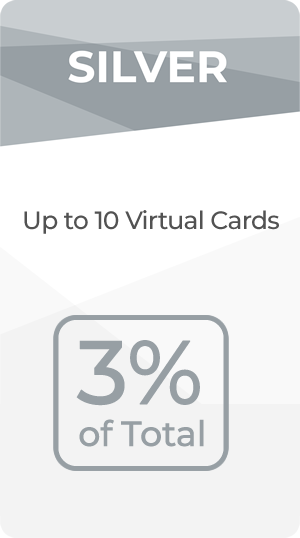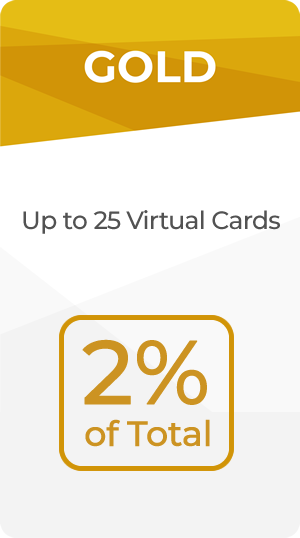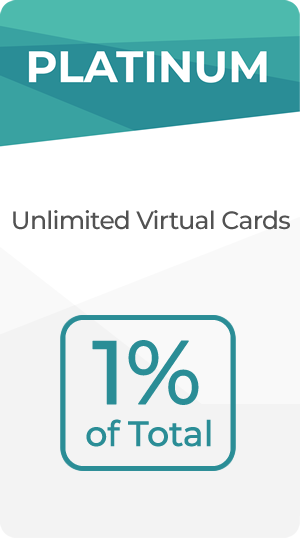


A few specific examples of when someone might choose to use a one-time-use card (in lieu of their primary):
Making a large purchase online, such as a car or a vacation.
Signing up for a free trial with no plans to continue the trial.
Shopping at an unfamiliar or potentially untrustworthy merchant.
When they are concerned about their privacy
Giving a card number to someone unknown, such as a door-to-door salesperson, a representative on the phone, or a car mechanic.
Increased security: One-time-use cards offer an extra layer of security over traditional credit or debit cards. This is because the actual card number is never exposed, making it more difficult for fraudsters to steal personal information.
Control over spending: Many providers allow individuals to set spending limits for each one-time-use card, which can help avoid overspending. This can be especially helpful when making a large purchase.
Privacy: One-time-use cards help to protect the cardholder’s privacy by preventing merchants from storing any real card information. This can be important for anyone concerned about their personal data being sold or used for marketing purposes.
Fraud protection: If a one-time-use card happens to be compromised, the damage is limited to one purchase. Cardholders won’t have to worry about fraudulent charges being made to the underlying credit or debit card.
They are less convenient for in-person purchases, as there is no physical card to swipe or scan. Some privacy card providers, however, may allow the card to be added to a virtual wallet, which can then be used more easily for in-person purchases.